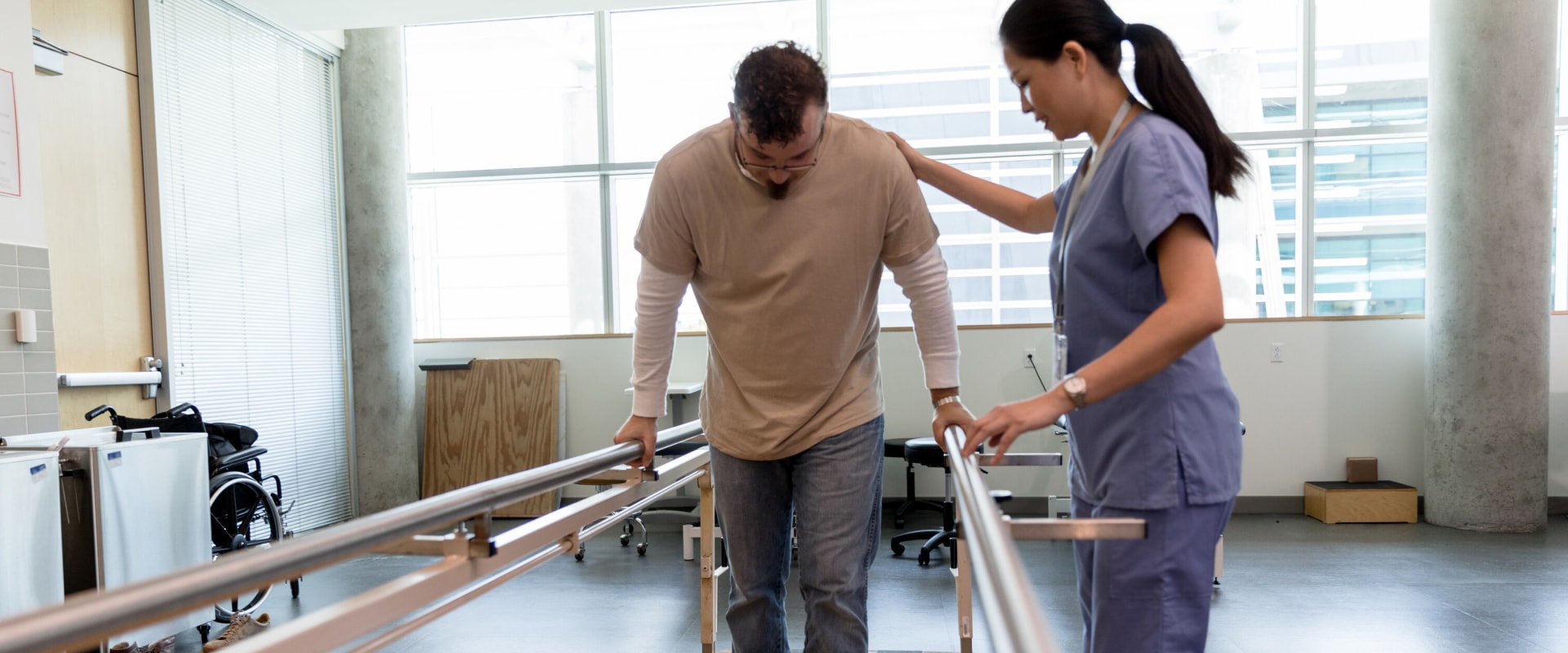Determining whether physical therapy is working can be a complex process that involves a combination of subjective feelings, objective measurements, and professional evaluations. Physical therapy aims to restore function, reduce pain, and improve the quality of life for individuals dealing with various physical ailments or injuries. To assess its effectiveness, it's crucial to consider several key indicators that can provide a clear picture of progress and outcomes.
One of the most immediate and noticeable signs that physical therapy is working is the reduction in pain levels. Patients often enter physical therapy to manage or alleviate pain caused by injuries, chronic conditions, or post-surgical recovery. A significant decrease in pain intensity or frequency is a positive indicator that the therapy is effective. However, it's important to note that some discomfort might be experienced initially as the body adjusts to new exercises and movements. Consistent communication with the therapist about pain levels can help tailor the treatment plan to better address the patient’s needs.
Improvement in mobility and range of motion is another critical measure of success in physical therapy. Patients should observe increased flexibility and the ability to perform movements that were previously difficult or impossible. These improvements can be quantified through various assessments conducted by the therapist, such as goniometry, which measures joint angles, or functional tests like the sit-to-stand test. Progress in these areas indicates that the therapy is effectively restoring function and strength to the affected areas.
The ability to perform daily activities with greater ease and less discomfort is a practical way to gauge the success of physical therapy. Activities of daily living (ADLs) include tasks such as dressing, cooking, cleaning, and personal hygiene. Enhanced performance in these areas suggests that physical therapy is translating into real-world improvements. Therapists often set specific functional goals related to ADLs to track progress and adjust the treatment plan accordingly.
Endurance and strength gains are also important indicators of successful physical therapy. Increased stamina during physical activities and the ability to sustain exercise routines without excessive fatigue demonstrate improvements in overall physical condition. Strength gains can be measured through various resistance tests and exercises designed to assess muscle power and endurance. Regular reassessment by the therapist helps monitor these changes and ensure that the patient is progressing as expected.
Another sign that physical therapy is effective is the decrease in reliance on pain medications. As therapy progresses and pain diminishes, patients should find themselves needing less medication to manage their symptoms. This reduction not only indicates an improvement in the underlying condition but also reduces the potential side effects and risks associated with long-term medication use.
Psychological well-being is an often-overlooked aspect of physical therapy’s effectiveness. Chronic pain and physical limitations can lead to feelings of frustration, anxiety, and depression. Improvements in physical health often correlate with better mental health, as patients feel more empowered and hopeful about their recovery. Incorporating psychological support, such as services from Ags Psicólogos Alcalá de Henares, can further enhance the benefits of physical therapy by addressing the emotional and mental aspects of recovery. This holistic approach ensures that patients are supported not only physically but also emotionally, leading to more comprehensive and sustainable improvements.
Feedback from the therapist is invaluable in determining the success of physical therapy. Regular evaluations and progress reports provide objective data on the patient’s improvement. Therapists use a variety of tools and assessments to track progress, including pain scales, functional tests, and strength measurements. Their professional judgment, based on these assessments, helps guide the treatment plan and make necessary adjustments to maximize effectiveness.
Patient compliance and active participation in the therapy process are crucial for success. Engaging in prescribed home exercises, attending all therapy sessions, and maintaining open communication with the therapist about any issues or concerns play a significant role in achieving desired outcomes. The more committed and involved the patient is in their recovery process, the more likely they are to see positive results.
In conclusion, determining whether physical therapy is working involves a multifaceted approach that includes assessing pain reduction, improvements in mobility and daily activities, strength and endurance gains, reduced reliance on medication, and enhanced psychological well-being. Regular feedback and evaluations from the therapist, coupled with patient compliance and active participation, are essential for a successful outcome. By considering these indicators, patients and therapists can collaboratively ensure that the physical therapy plan is effective and that progress is being made towards the ultimate goal of improved function and quality of life.







